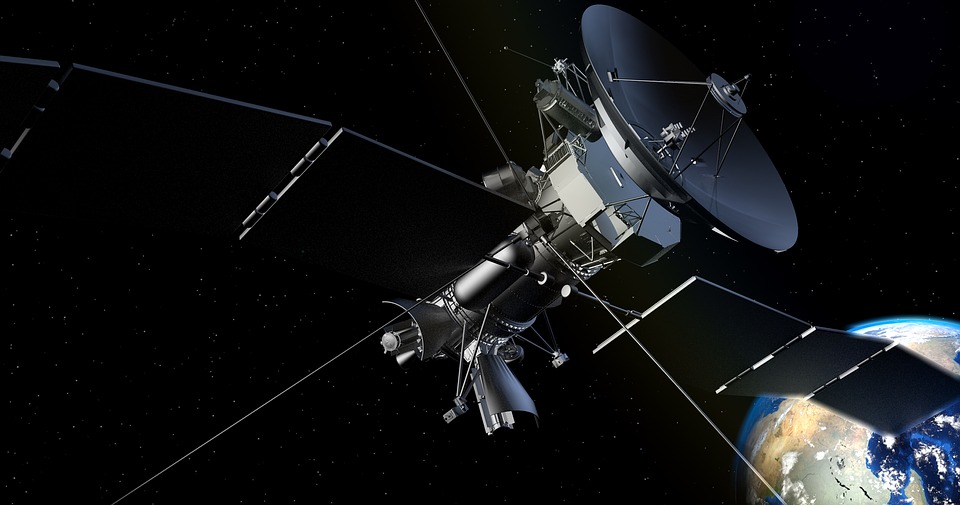
Almost half of the impact research in remote sensing, which Spain produces, originates at the Universitat de València, according to the “webcindario” ranking made by DIH group. The data comes from the Web of Science, the world’s largest web platform to analysis the research findings. The R&D is been carried out at the Image Processing Laboratory (LPI-Scientific Park) and at the Department of Earth Physics and Thermodynamics.
The 42% of the Spanish impact researchers in the field of Earth observation belongs to the Universitat de València, as derived from the las ranking ‘webcindario’ of the DIH group. The Universitat de València holds the first place, followed by the Polytechnic University of Catalonia and the CSIC.
The ranking organises lists, by areas and provinces, of the most important Spanish researchers according to their h-index. This values are the ones obtained using the Web of Science ISI, platform based on Web technology which brings together the main scientific publications of any discipline of knowledge and all the public centres of research has access through FECYT. The database of the DIG group currently contains information about around 4.000 researchers working in Spain, of which more than 2.200 appear in the raking of the 157 research areas.
The scientist toping the list of the most outstanding Spanish researchers in the section of Remote Sensing is José Antonio Sobrino, Professor of Earth Physics at the Universitat de València, President of the Asociación Española de Teledetección (Spanish Association for Remote Sensing) and Director of the Global Change Unit research group of the Image Processing Laboratory (LPI-Scientific Park), counting with a factor h=37, ten points ahead of the curve in this field.
En este sentido, el científico que encabeza la lista de los más destacados investigadores españoles en el apartado de Remote Sensing es José Antonio Sobrino
The list highlights 17 researchers, 7 of them are part of this academic institution, 4 of them –Gustau Camps, José Moreno, Juan Carlos Jiménez, and Luis Gómez- besides Sobrino belong to LPI, and two of them –Vicente Caselles and César Coll- to the Department of Earth Physics and Thermodynamics of the Universitat de València. The list is completed with 4 scientists of the Polytechnic University of Catalonia, 3 of CSIC of Alcalá de Henares, 1 of the University of Extremadura and 1 of the Autonomous University of Barcelona.

Image Processing Laboratory (LPI) is a ERI (Interdisciplinary Research Structure) of the Universitat de València, founded in 2008 in order to join forces of 4 consolidated research groups. It counts with 55 researchers among professors, hired and intern. The field of action is the Space Science, dedicated to increasing both Universe knowledge and Earth observation, as well as the technologies that both objectives require in the field of image formation and processing.
Among the several activities developed by LPI in the field of Earth Observation, the leadership of the FLEX mission can be highlighted, which will be the 8th member of the Earth Explorer satellites of the European Space Agency (ESA), whose launch is expected for 2022. On the other hand, there are the project SEDAL (ERC CoG), which aims to develop new methods of statistical learning to analyse the Remote Sensing data from satellite; the geoportal CEOS-SPAIN, which provides historical products (since 2007) and real-time sensors SEVIRI and MODIS acquired with the antennas that the LPI has installed in the Science Park of the Universitat de València.
The Department of Earth Physics and Thermodynamics, attached to the Faculty of Physics of the Universitat de València, counts with several groups of researchers in remote sensing and impart an university Master in this field.
Information extracted from the page of the Parc Científic de la Universitat de València.








